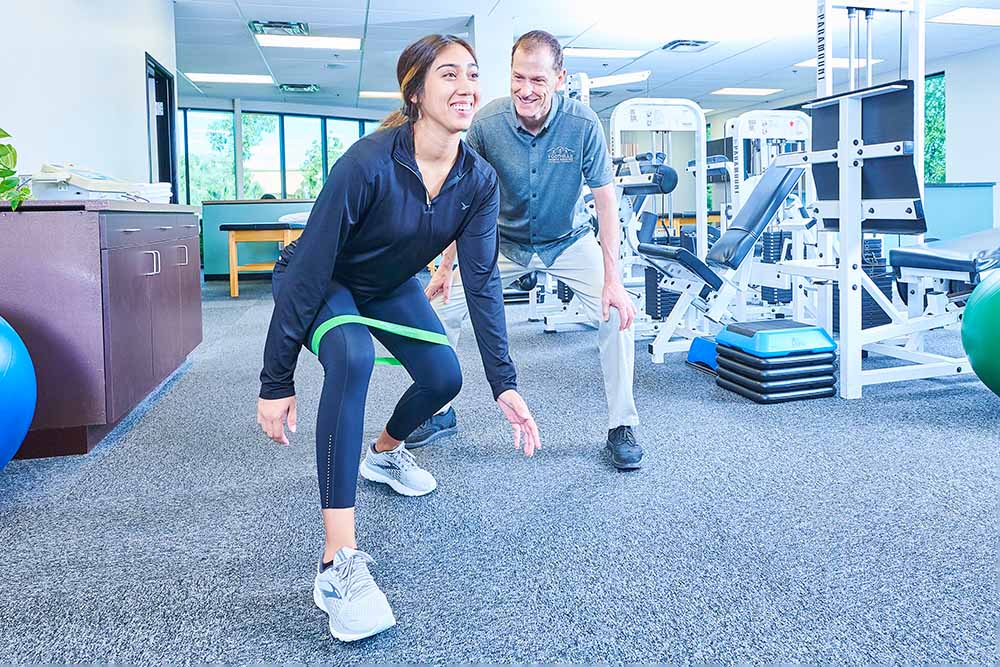Utilizing the Power of Physical Activity to Alleviate Persistent Pain and Enhance Standard of Life
Utilizing the Power of Physical Activity to Alleviate Persistent Pain and Enhance Standard of Life
Blog Article

Chronic pain impacts millions of people globally and can significantly reduce the quality of living. It can result from various disorders, such as joint inflammation, fibromyalgia, or prior injuries. While drugs and therapies are frequently used to manage pain, a growing body of studies indicates that physical activity can play a vital role in alleviating chronic pain. Engaging in regular physical activity can not only assist lower pain levels but also improve overall health and functionality. Comprehending how exercise impacts the physical state can empower patients to take control of their pain relief.
Exercise has several bodily benefits that can aid alleviate chronic pain. When individuals participate in exercise activities, their systems produce endorphins, which are innate pain-killers. Additionally, exercise can boost blood flow and fortify muscles, providing superior support for articulations. For those with issues like arthritis, low-impact workouts such as aquatic exercises or biking can assist maintain joint flexibility without placing excessive strain on the body. Regular exercise also helps in maintaining a healthy weight, which can reduce exercise for improving mobility the stress on weight-bearing joints and further alleviate pain.
In addition to its physical benefits, exercise has a positive impact on mental health. Chronic pain can often lead to feelings of anxiety and depression, which can exacerbate the perception of pain. Engaging in consistent physical exercise can assist fight these feelings by enhancing self-esteem and elevating mood. Collective exercises, such as yoga or pilates, also provide social interaction, which can improve emotional support. This combination of physical and mental health benefits makes exercise an essential component of a holistic pain relief strategy.
It is crucial to tackle exercise with care, especially for those dealing with chronic pain. Starting slowly is crucial to prevent worsening symptoms. Patients should think about seeking advice from healthcare experts to create a tailored exercise plan that takes into account their particular issues and constraints. Exercises such as stretching, walking, or gentle yoga can be excellent initial points. Gradually boosting the effort and duration of workouts can assist build strength and endurance without causing undue strain on the system.
In summary, harnessing the power of exercise can significantly reduce chronic pain and improve standard of life. Regular physical activity not only assists to reduce pain through the release of endorphins and improved muscle strength but also supports mental health. By including exercise into daily routines, individuals can empower themselves in controlling their pain. A thoughtful and knowledgeable approach to exercise, guided by healthcare experts, can bring to lasting improvements in health and overall quality of life.